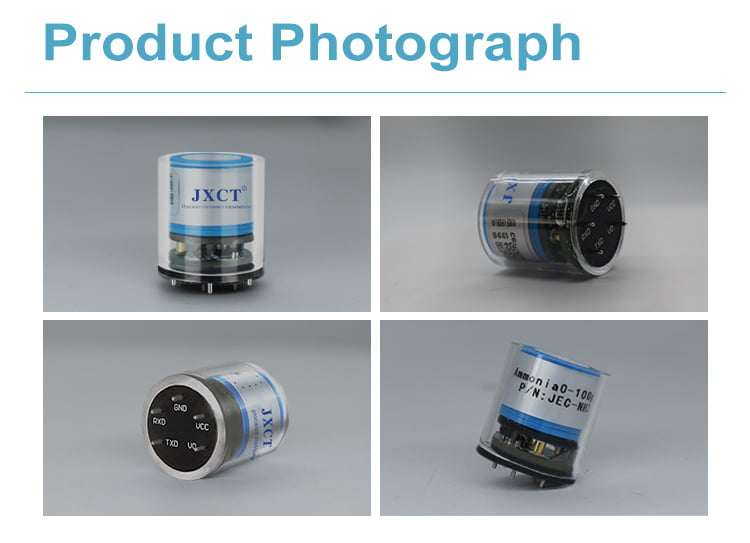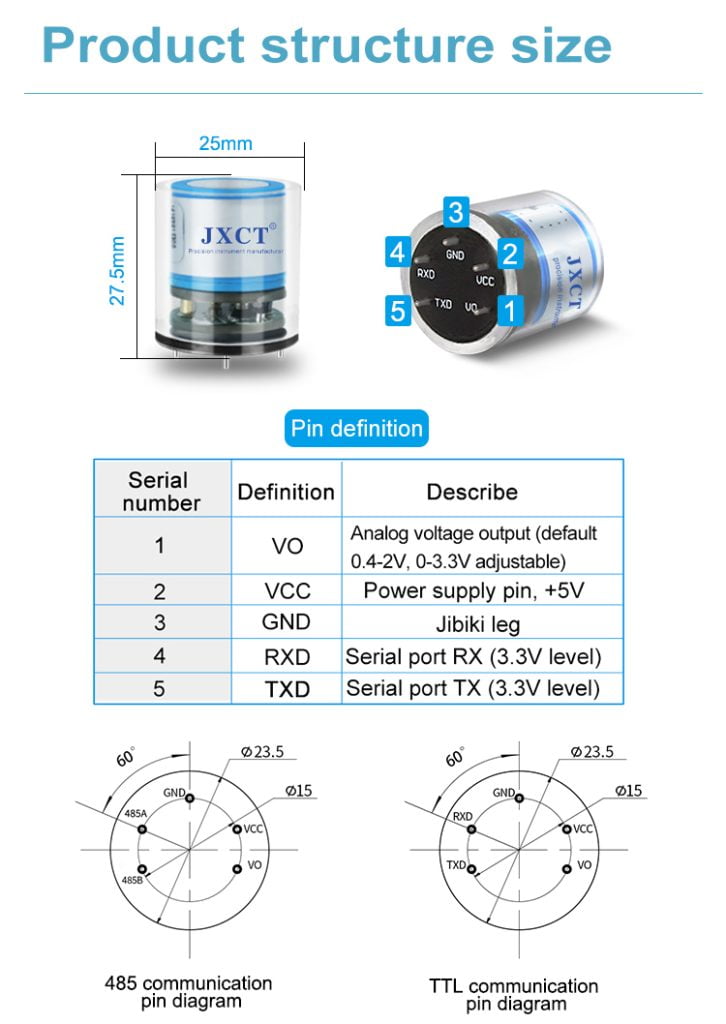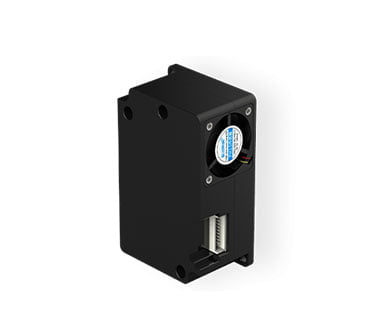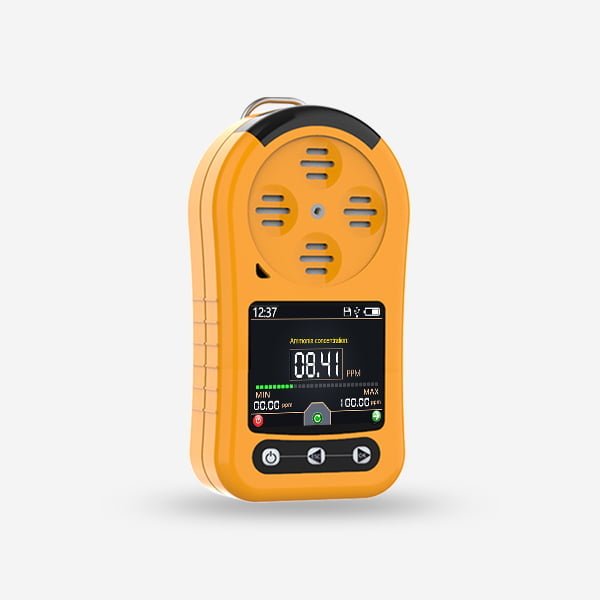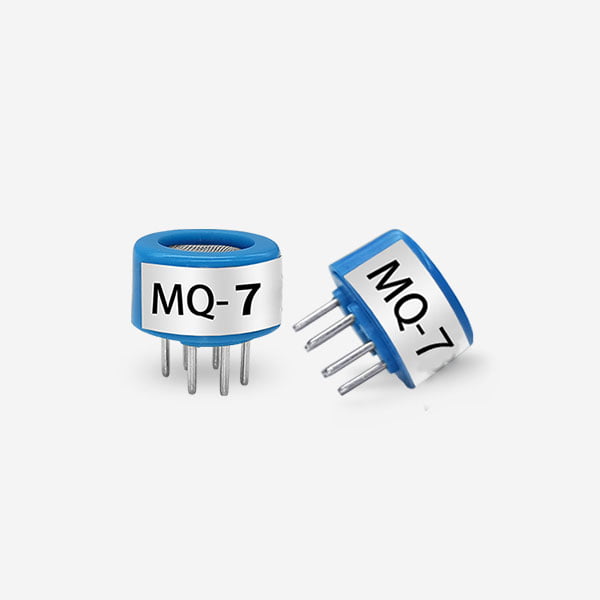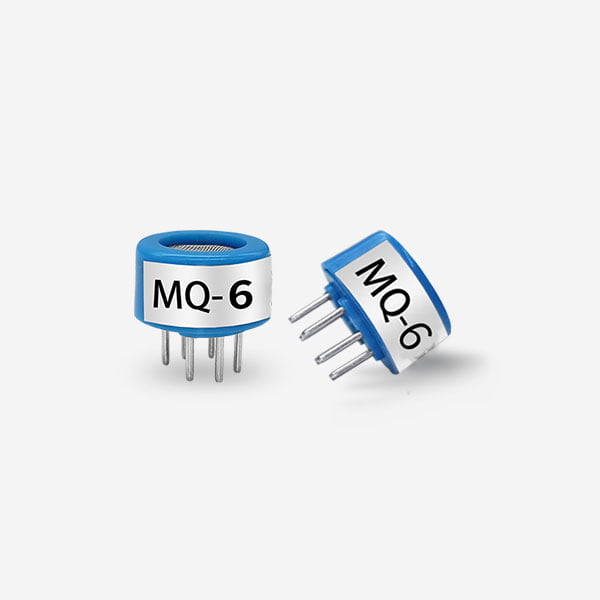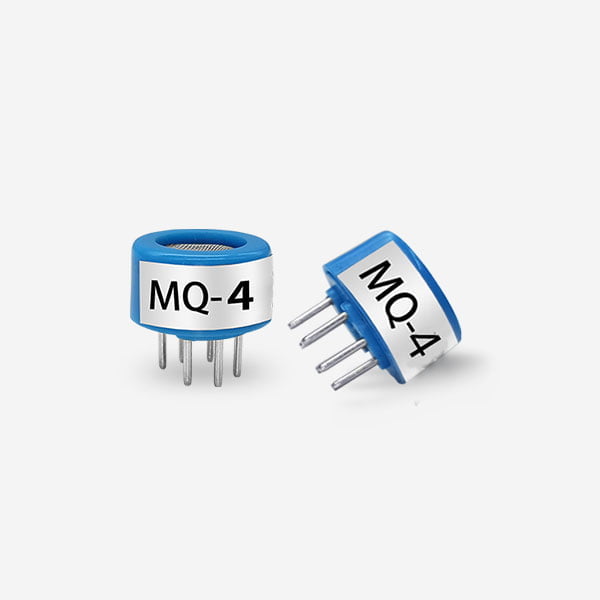Oxygen electrochemical gas sensor

An oxygen electrochemical gas sensor is a device designed to detect and measure the concentration of oxygen (O2) in a given environment. Oxygen is an essential element for life, but its concentration can have significant implications for safety, health, and various industrial processes. Electrochemical sensors are widely used for detecting oxygen due to their high sensitivity, selectivity, compact size, low power consumption, and relatively low cost.
The principle of operation of an oxygen electrochemical gas sensor is electrochemical reaction that occurs when oxygen molecules interact with the sensing electrode within the sensor. The O2 sensor typically consists of three main components: a working electrode, a counter electrode, and a reference electrode, all housed within a sealed chamber.
Function and Features:

Sensing electrode: The working electrode is coated with a specific material that promotes the electrochemical reaction with oxygen. When oxygen molecules come into contact with the sensing electrode, they undergo a reduction reaction, generating electrons.
Electron transfer: During the electrochemical reaction, electrons are transferred between the oxygen molecules and the sensing electrode. This transfer of electrons generates a current proportional to the concentration of oxygen present in the environment.
Measurement circuit: The generated current is then measured by an electronic circuit integrated into the sensor. This circuit amplifies and processes the signal, converting it into a readable output, such as parts per million (ppm) or percent volume (%V).

Selectivity: To ensure high selectivity and minimize interference from other gases, the sensing electrode material is specifically for oxygen detection. Additionally, a filter layer may be incorporated into the sensor design to prevent or reduce the impact of cross-sensitivity from other gases.
Temperature and pressure compensation: Since ambient temperature and pressure can influence the performance of electrochemical sensors, many oxygen sensors incorporate temperature and pressure compensation mechanisms to maintain accuracy under varying environmental conditions.
Output signal: The output signal from the oxygen electrochemical gas sensor can be analog or digital, depending on the sensor design. Analog signals typically provide a continuous voltage or current output proportional to the oxygen concentration, while digital sensors provide discrete concentration levels or threshold alarms.
Application:
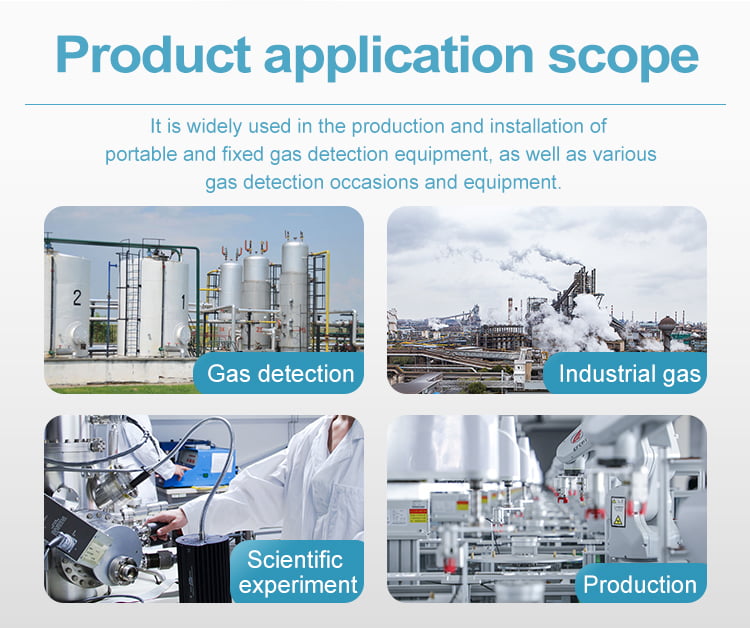
Industrial hygiene and safety: Monitor oxygen levels in ammonia producing workplaces.
Environmental monitoring: Detecting oxygen emissions from agricultural activities, wastewater treatment plants, and industrial processes to assess air quality and comply with regulatory requirements.
Indoor air quality: Measuring oxygen concentrations in residential, commercial, or public spaces to ensure healthy and comfortable indoor environments.
Agriculture and livestock farming: Detecting oxygen in animal housing and manure storage areas to assess ventilation effectiveness, animal welfare, and environmental impacts.
Product images and details:
